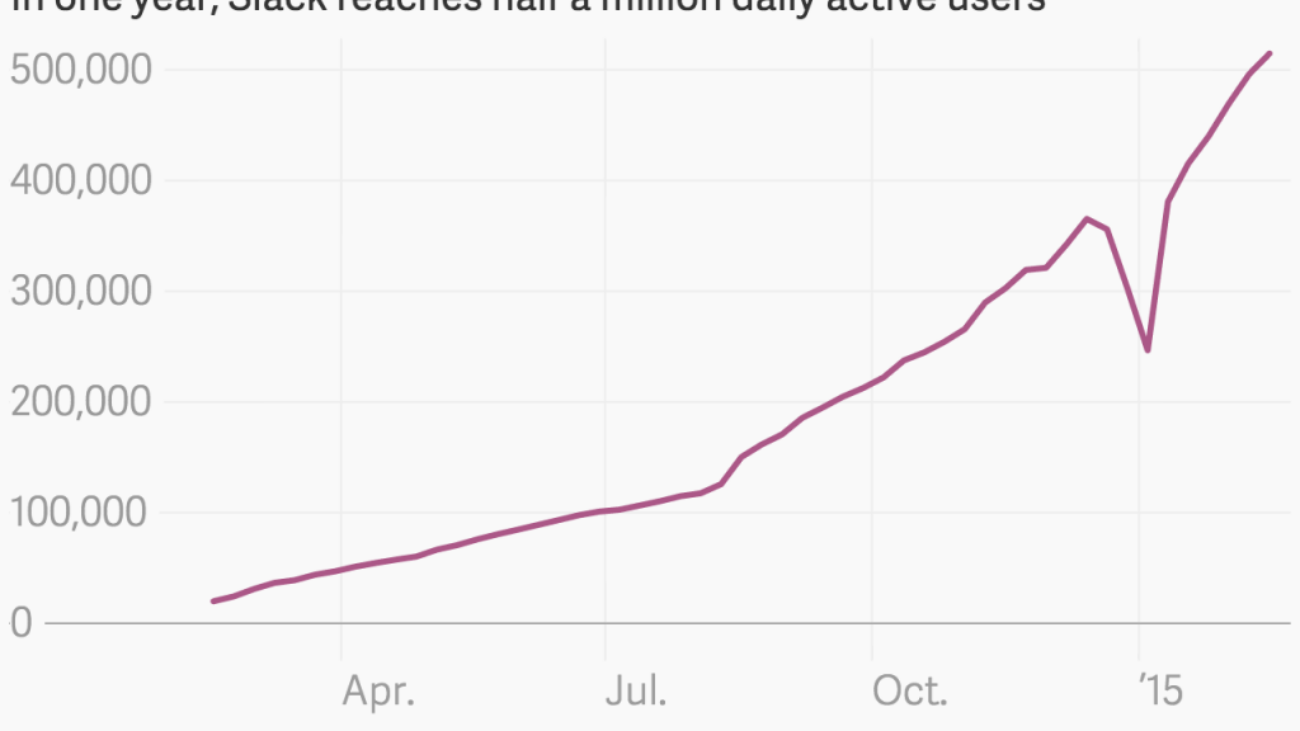Fujitsu today published a study revealing a lack of digital services being provided by UK employers to their work force.
In the Fujitsu report, ‘Digital Inside Out‘, 73% of employees stated that digital is vital to the future success of their organisation, despite only 45% of employees feeling they are provided with access to the technology services and applications they need to do their job sufficiently.
A 29% of the working population admitted that their ability to do their job is being hindered due to poor digital services.
Michael Keegan, CEO at Fujitsu UK & Ireland, said: “Today’s employees are well informed and understand the benefits digital can bring to them in the workplace.”
The benefits digital brings to an organisation, and to the people working within it, were made clear by the employees surveyed.
Main advantages pointed by the respondents included the ability to work remotely (57%), real time access to information (50%) and time-saving (46%).

Stuart McIntyre
Social Business strategist, podcaster, blogger, founder of Social Connections and conference speaker


 He goes on to discuss why Microsoft’s recent reaction to the threat of iOS is more constructive than Google’s.
He goes on to discuss why Microsoft’s recent reaction to the threat of iOS is more constructive than Google’s.